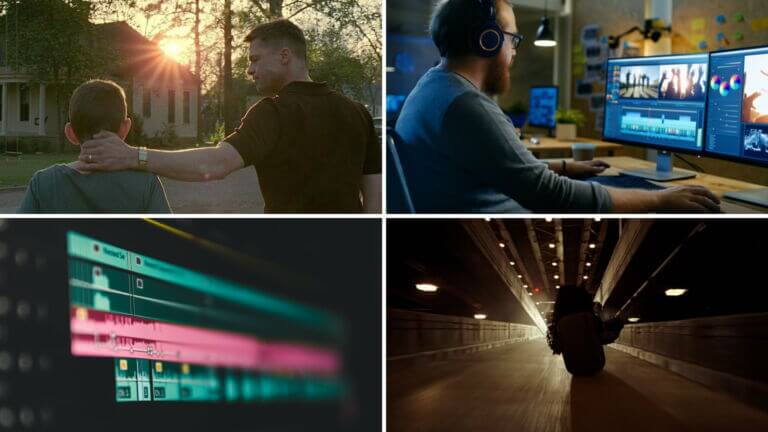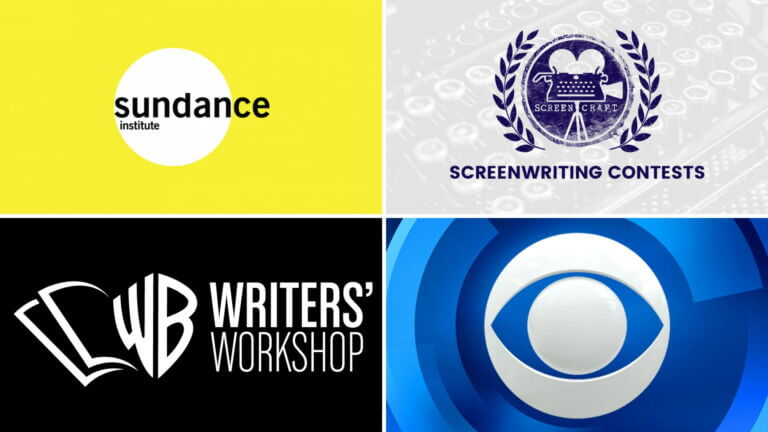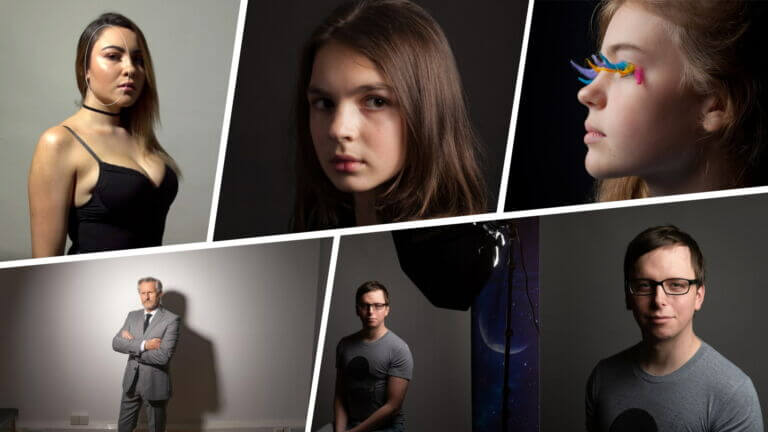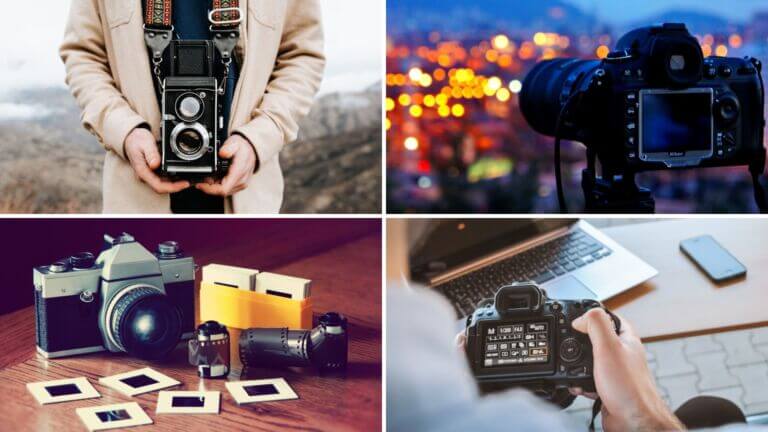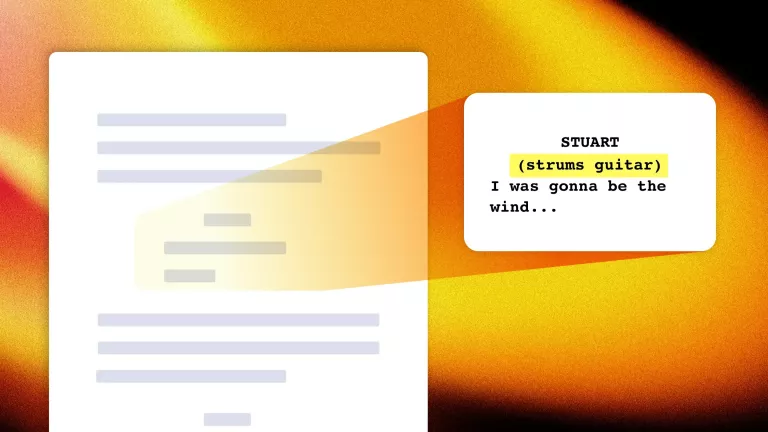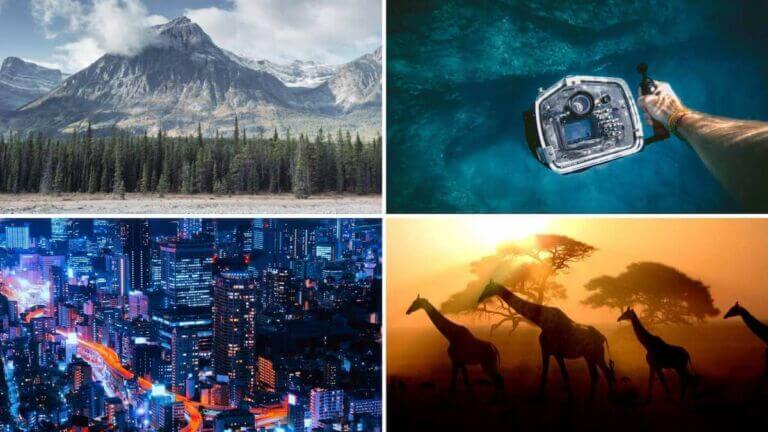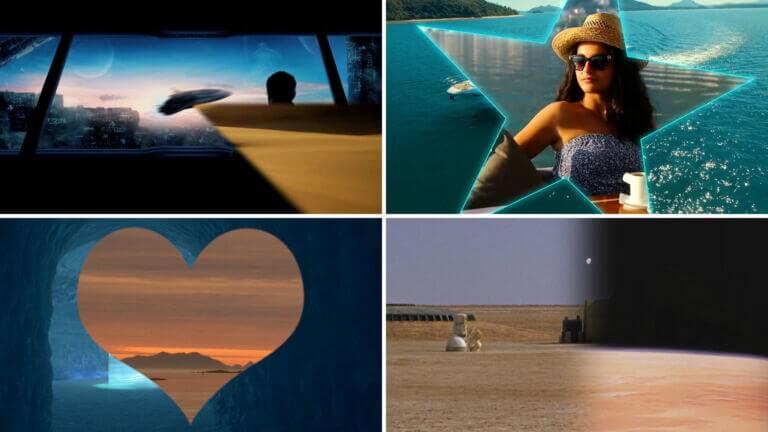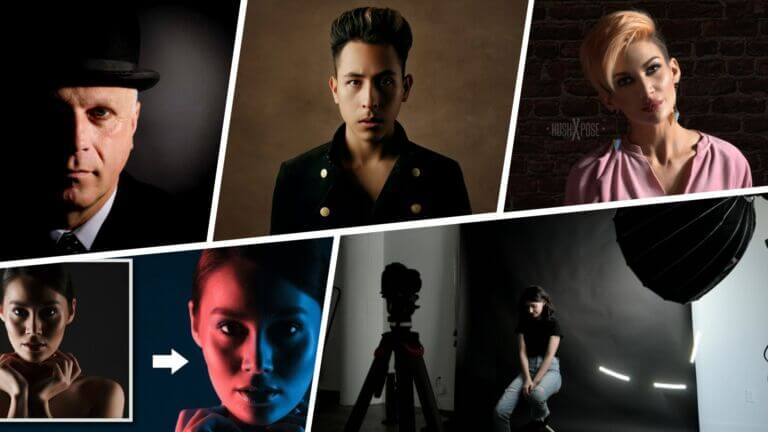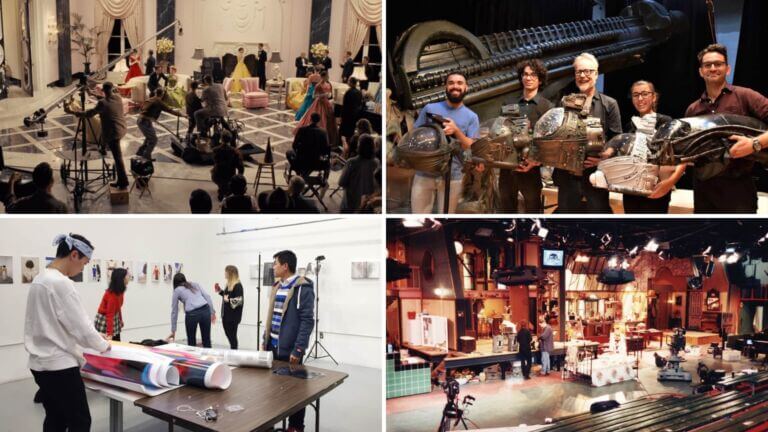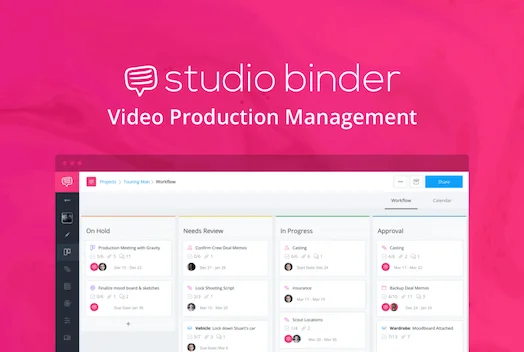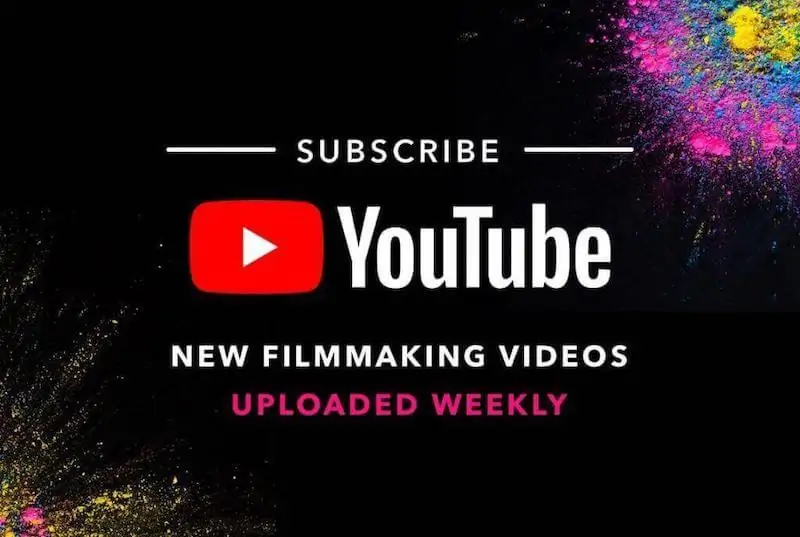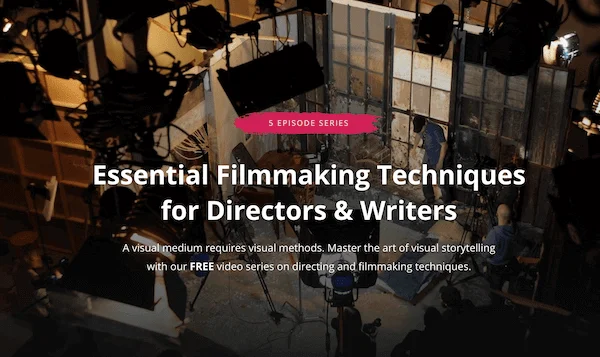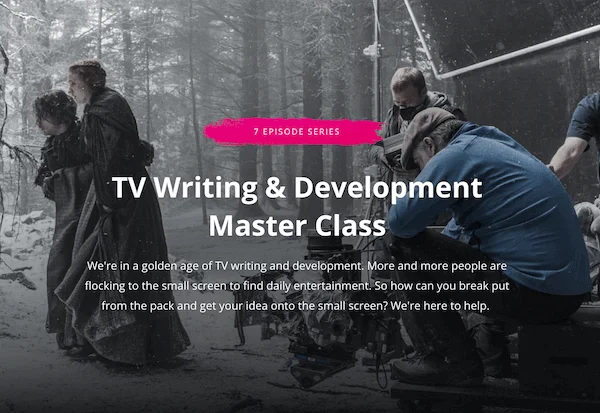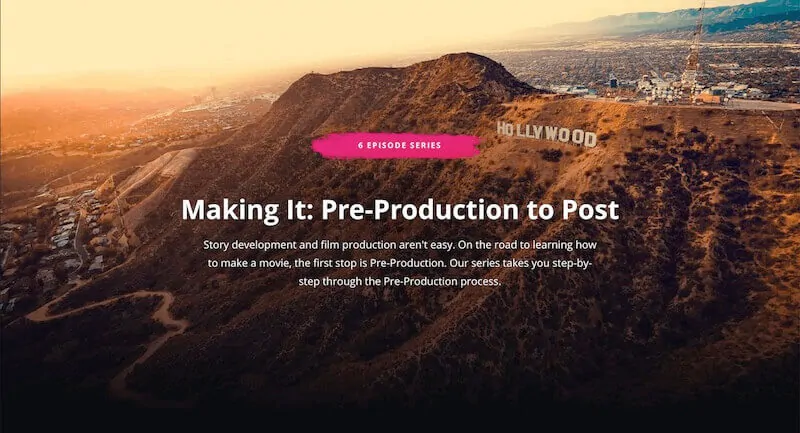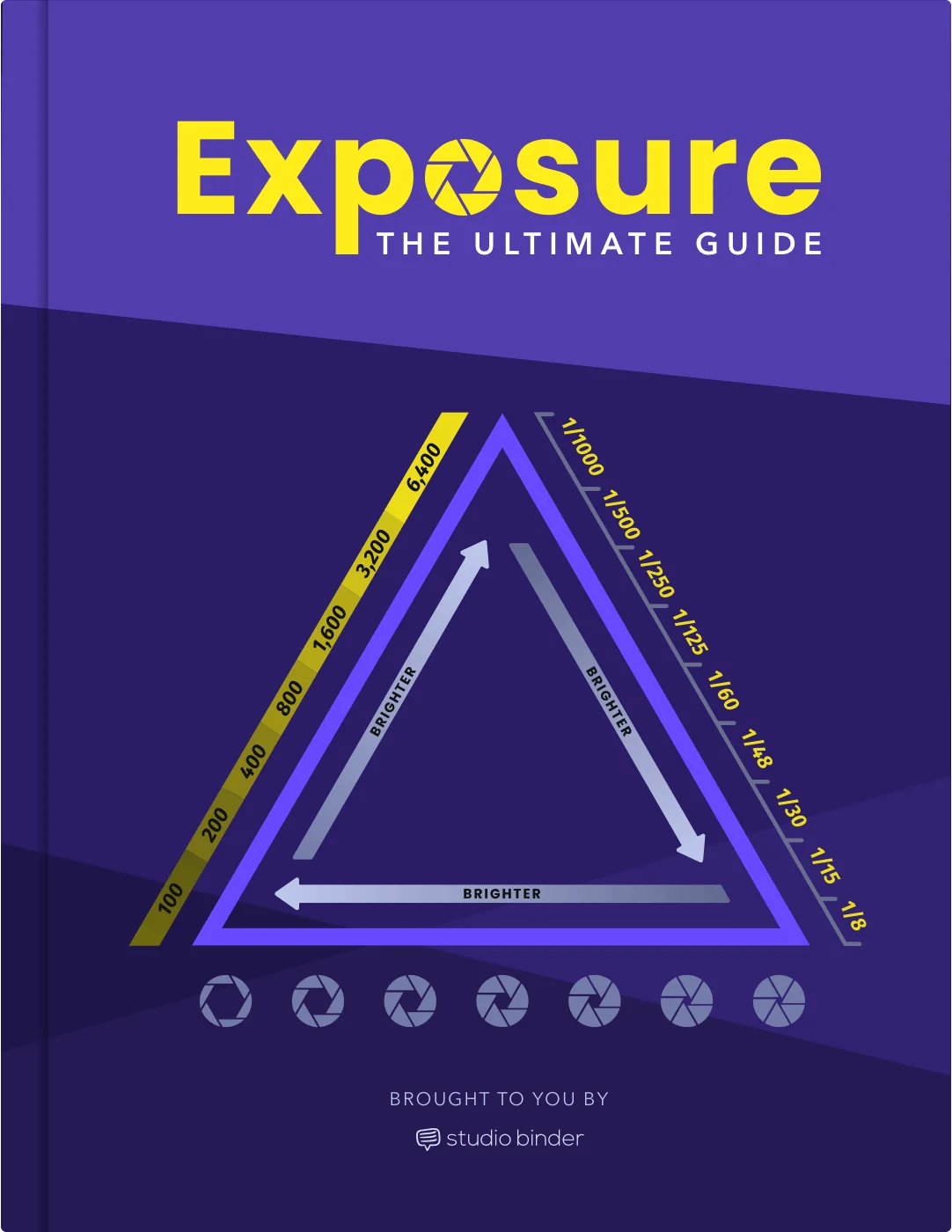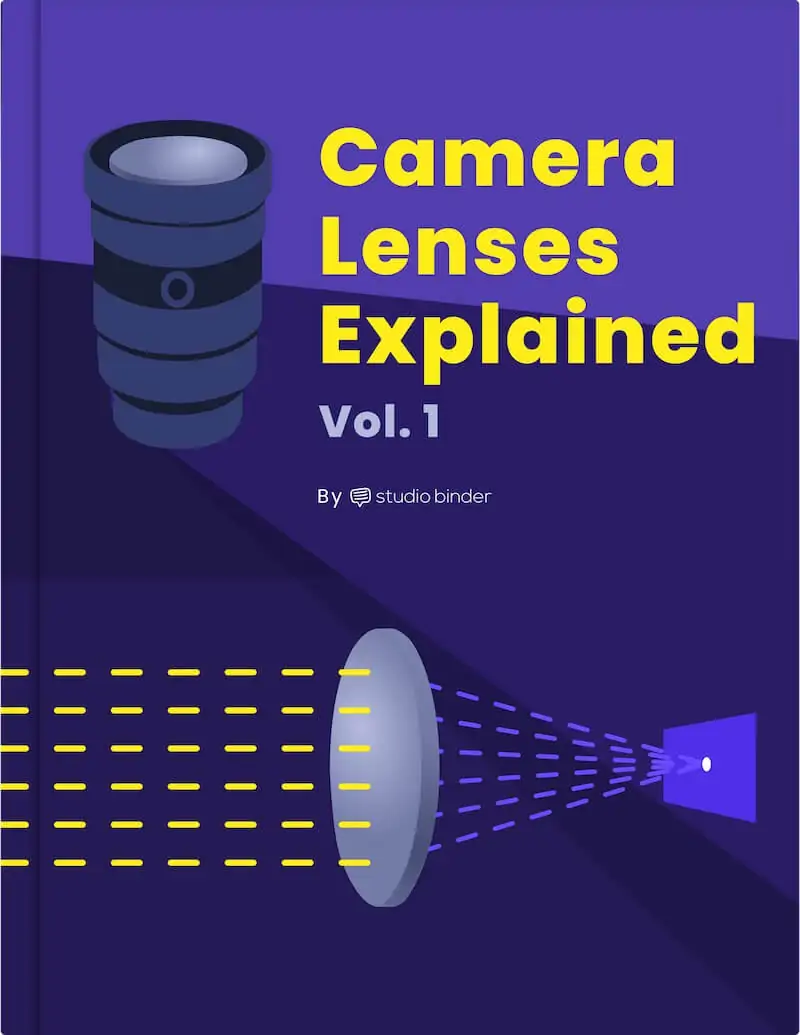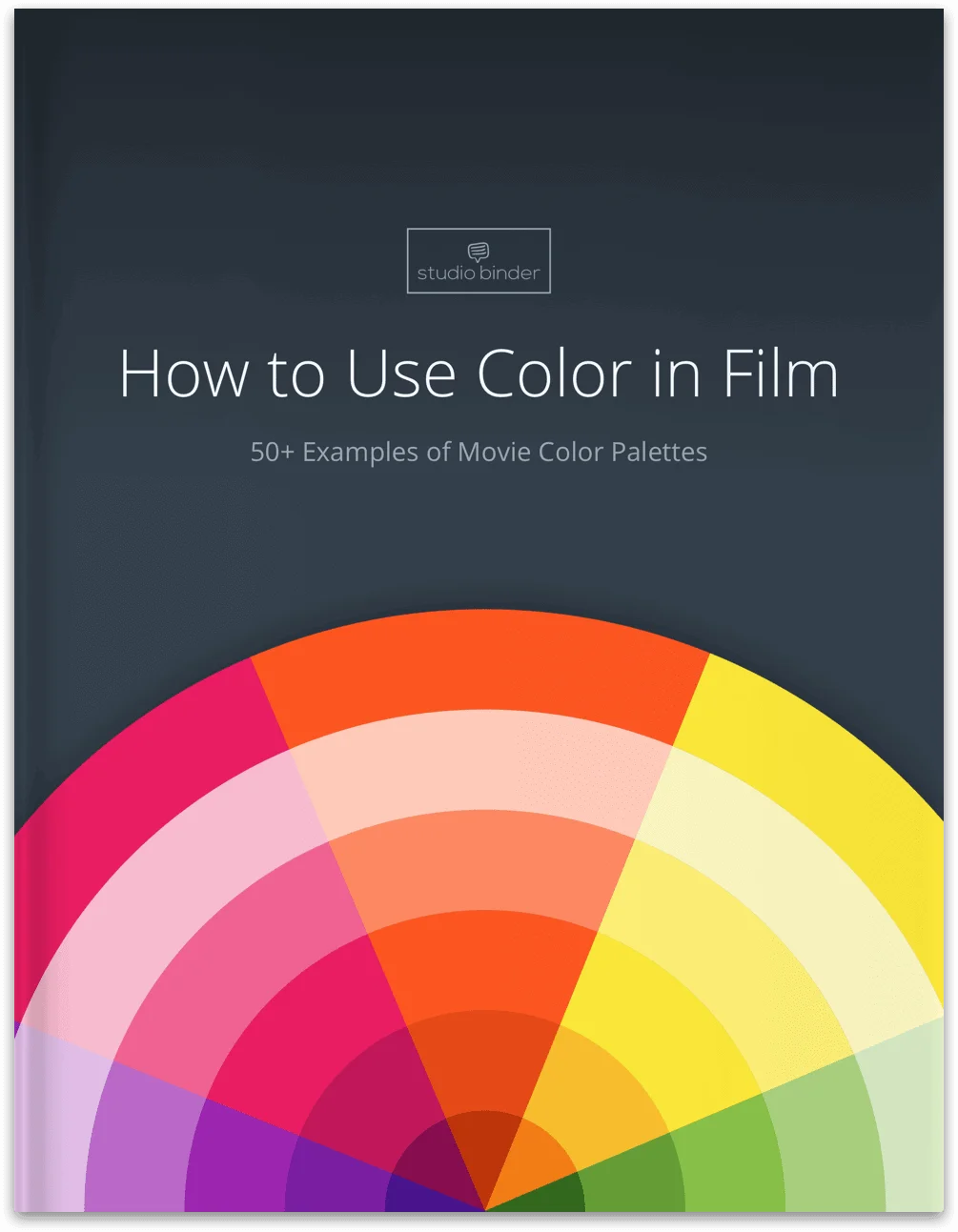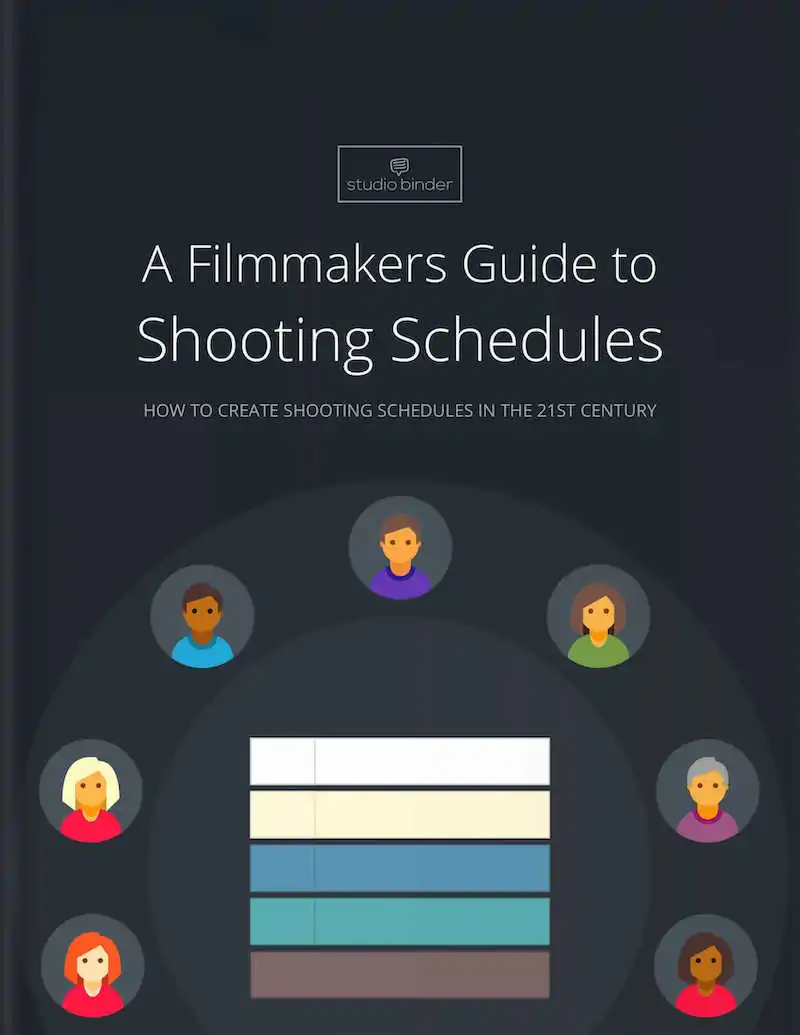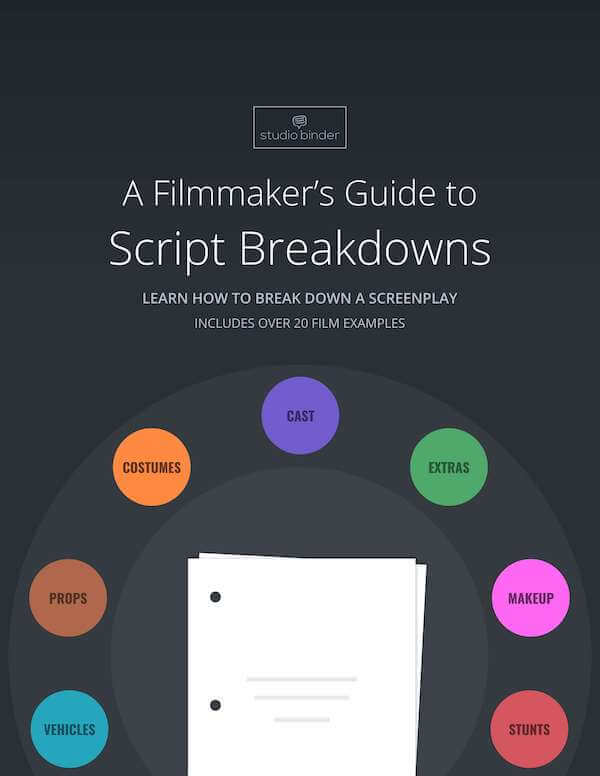If you ever took any type of film editing class or read a book on film editing, L cuts might have been among the first techniques you learned. This is because it is one of the most effective techniques at creating a natural flow of a film. Nearly every single movie you watch will have some sort of L cut within its edit. So what is an L cut? Let’s find out.Continue reading What is an L Cut in Film — Editing Transitions Explained
Studios, producers, executives, agents, and managers are always looking for the next great up and coming screenwriter. One of the best ways they find them is through screenwriting fellowships. The best screenwriting fellowships are a win win. They allow writers to develop their scripts while also gaining access to various execs and producers that can carry their career forward. Studios win because they are able to attract the best writers to their programs, potentially hire them, and/or produce their work they’ve developed in the program. So, what are the best screenwriting fellowships to apply to? Let’s find out. Continue reading Best Screenwriting…
One of the best places to start when learning about photography is learning about the different portrait lighting setups. From these lighting setups, you’ll be able to learn how light position can completely change the effect on a photo. One of the most common portrait lighting setups is broad lighting. What is broad lighting and how is it created? This is a simple, yet distinctive lighting setup that you will want to use or avoid depending on the effects you are trying to create in your photograph. In this article, we’ll discuss those effects and help you add this technique…
Any photographer, whether you are aspiring to be a professional or take photos as a hobby, wonders whether or not film photography or digital photography is better. Knowing the difference between the two will help you utilize each to what they’re best at. Ultimately, this will result in better photographs. Let’s take a look at the core differences between film and digital photography as well as the pros and cons of each medium. Continue reading Film vs Digital Photography — The Good & Bad of Each Format
Screenplays are meant to tell a cinematic story. This can be difficult, however, without the advantage of visuals. Screenwriters are stuck with using words to communicate highly cinematic scenes. One of the best tools they have to do this is the parenthetical. Parentheticals allow screenwriters to fit in small, but vital information within a dialogue scene. Parentheticals can completely change how a scene reads and how a reader understands the story. What is a parenthetical in a script and how can you use it in yours? In this article, we’ll dive a bit deeper into parentheticals and take a look at…
The beauty behind a great edit is that sometimes the magic goes unnoticed. Using a library shot is one of those techniques that editors use that, when done correctly, should go unnoticed and tell a story. Library shots can save a budget, save a schedule, and quite possibly save a project. What is a library shot and how do you find the best ones? We’ll answer both of those questions and more in this article. Continue reading What is a Library Shot — Types of Shots in Film Explained
Transitions can be an incredibly effective storytelling device that filmmakers use to visually communicate to the audience. One of the earliest transitions is the wipe transition. What is a wipe transition? First used in 1901 in Robert Paul’s Scrooge, the wipe was used from the top of the frame to the bottom, emulating the visuals of a curtain dropping. Wipes continued to be used most famously in the Star Wars franchise and continued to evolve in modern filmmaking. Although the traditional wipe is less predominant in more recent films, filmmakers are taking the principles of the wipe and creatively reinventing…
Rhythm in art is often synonymous with music. Tempo, measures, and beat are critical to captivating listeners and building a great song. Rhythm in film editing works in the same way. The audience's engagement is largely dependent on the pacing of a film. Too slow is boring and too fast makes it hard to connect to the characters and narrative overall. Pacing is created from rhythm and the rhythm in a film is created by the editor. So, how does an editor control the rhythm of a film? Let’s explore the role of a film editor and the dimensions of…
Beginner photographers often have the misconception that to create quality portraits, you need multiple lights and complex techniques. While this is true for some portrait lighting setups, many fundamental lighting techniques are quite simplistic. The split lighting technique is perhaps the most simple and achievable of all portrait lighting setups. It is an essential technique for all photographers. And in this article we’ll teach you why and how split lighting techniques are used. Continue reading Split Lighting Photography — Examples, Patterns and Setups
Film is a uniquely visual storytelling medium. Everything you see within the frames of a shot is carefully thought out by someone behind the scenes. More often than not, these details in the frame come from the art department. An art department is responsible for the larger creation of a film set as well as the small details that are placed within that set. This may sound like a lot to do for one department. But the art department delegates responsibilities to various roles. In this article, we’ll be discussing what these roles are and how each is an integral…
